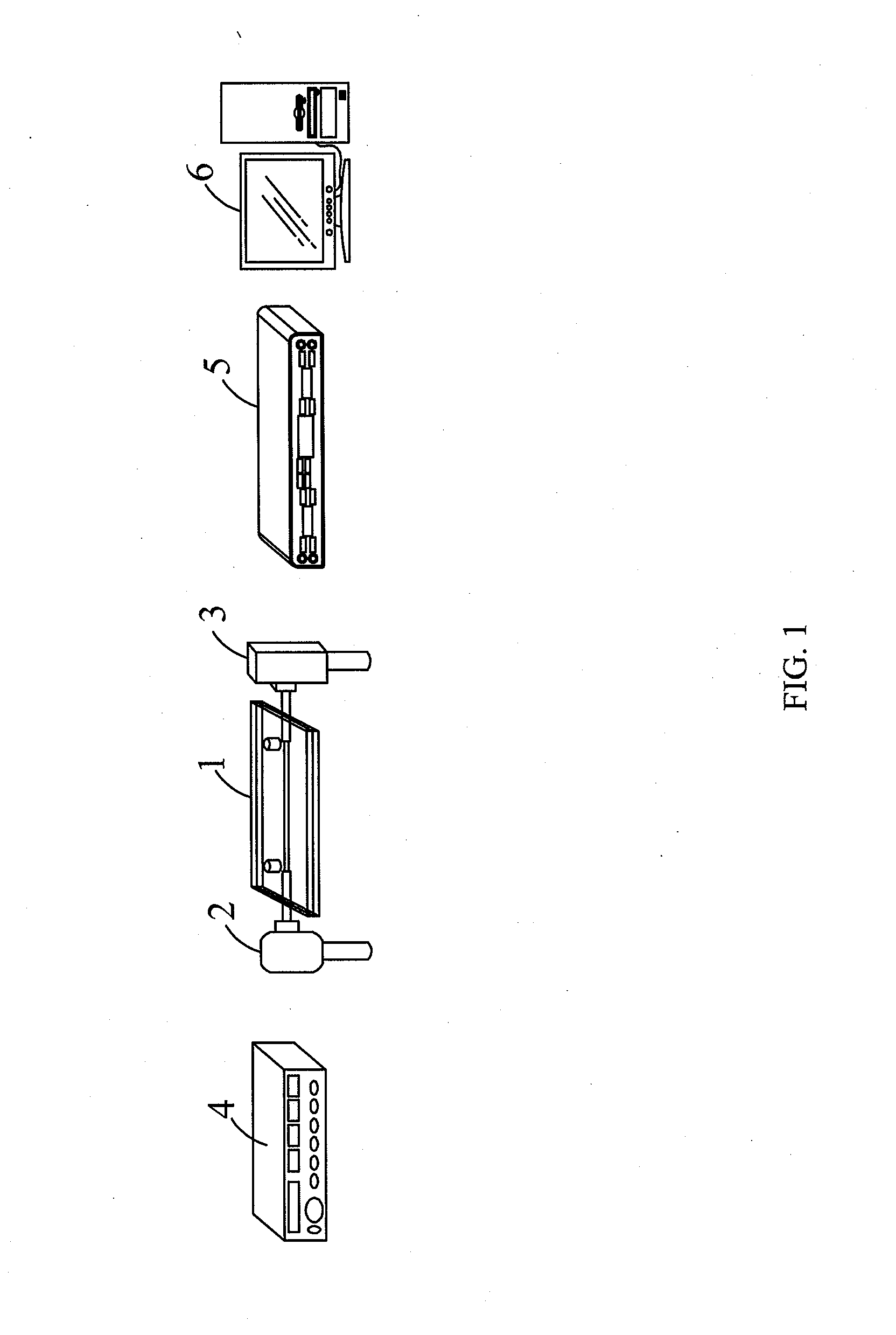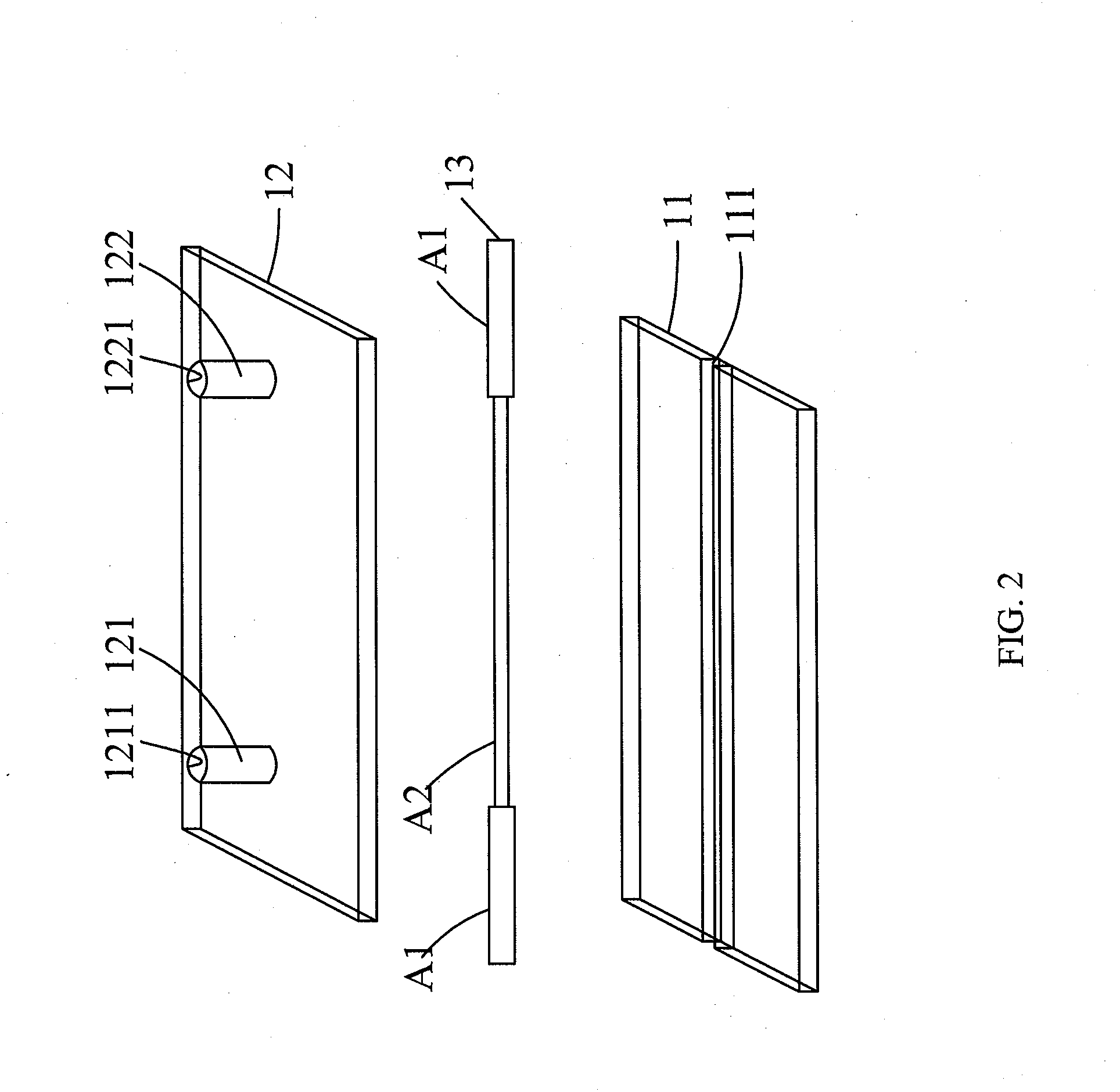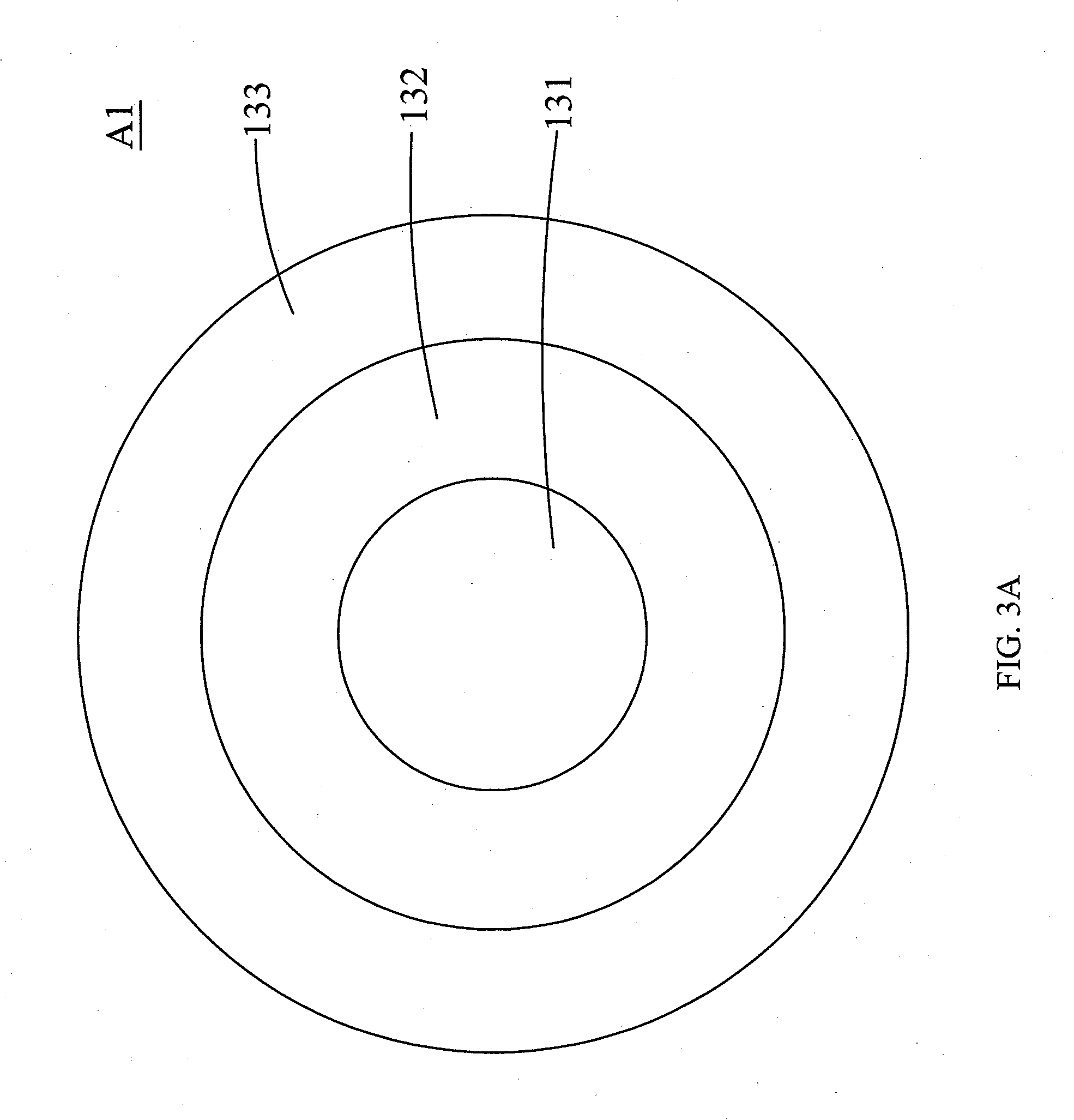Method for obtaining binding kinetic rate constants using fiber optic particle plasmon resonance (FOPPR) sensor
- Summary
- Abstract
- Description
- Claims
- Application Information
AI Technical Summary
Benefits of technology
Problems solved by technology
Method used
Image
Examples
first embodiment
[0056]Referring to FIG. 5, FIG. 5 is the curve diagram showing the use of ovalbumin (OVA) as a bio-recognition layer and anti-ovalbumin antibody (anti-OVA) with four different concentrations as a test solution according to a kinetic constant estimation method described in the present invention. The curve in the diagram comprises a first segment B1, a second segment B2, a third segment B3, and a fourth segment B4, wherein the third segment B3 and the fourth segment B4 represent the same test solution with two different concentrations. Obtain the time-revolved light signal intensity values I1 and I2 corresponding to the initial reaction time of the first and the second segments in the curve diagram, the light signal intensity values Ieq1 and Ieq2 corresponding to the steady states of the first and the second segments, and the reference light signal intensity I0, respectively. The concentrations of the anti-ovalbumin antibody (anti-OVA) test solutions in the first segment B1, the secon...
second embodiment
[0060]Referring to FIG. 8, FIG. 8 is the curve diagram showing the use of mouse immunoglobulin (mouse IgG) as a bio-recognition layer and anti-mouse immunoglobulin (anti-mouse IgG) as a test solution with four different concentrations according to a kinetic constant estimation method described in the present invention. The curve in the curve diagram comprises a first segment B1, a second segment B2, a third segment B3, and a fourth segment B4, wherein the third segment B3 and the fourth segment B4 represent the same test solution with two different concentrations. Obtain the time-resolved time-revolved light signal intensity values I1 and I2 starting at the initial reaction time of the first and the second segments in the curve diagram, the light signal intensity values Ieq1 and Ieq2 corresponding to the steady states of the first and the second segments, and the reference light signal intensity I0, respectively. The concentrations of the anti-mouse immunoglobulin (anti-mouse IgG) t...
PUM
 Login to View More
Login to View More Abstract
Description
Claims
Application Information
 Login to View More
Login to View More - R&D
- Intellectual Property
- Life Sciences
- Materials
- Tech Scout
- Unparalleled Data Quality
- Higher Quality Content
- 60% Fewer Hallucinations
Browse by: Latest US Patents, China's latest patents, Technical Efficacy Thesaurus, Application Domain, Technology Topic, Popular Technical Reports.
© 2025 PatSnap. All rights reserved.Legal|Privacy policy|Modern Slavery Act Transparency Statement|Sitemap|About US| Contact US: help@patsnap.com



